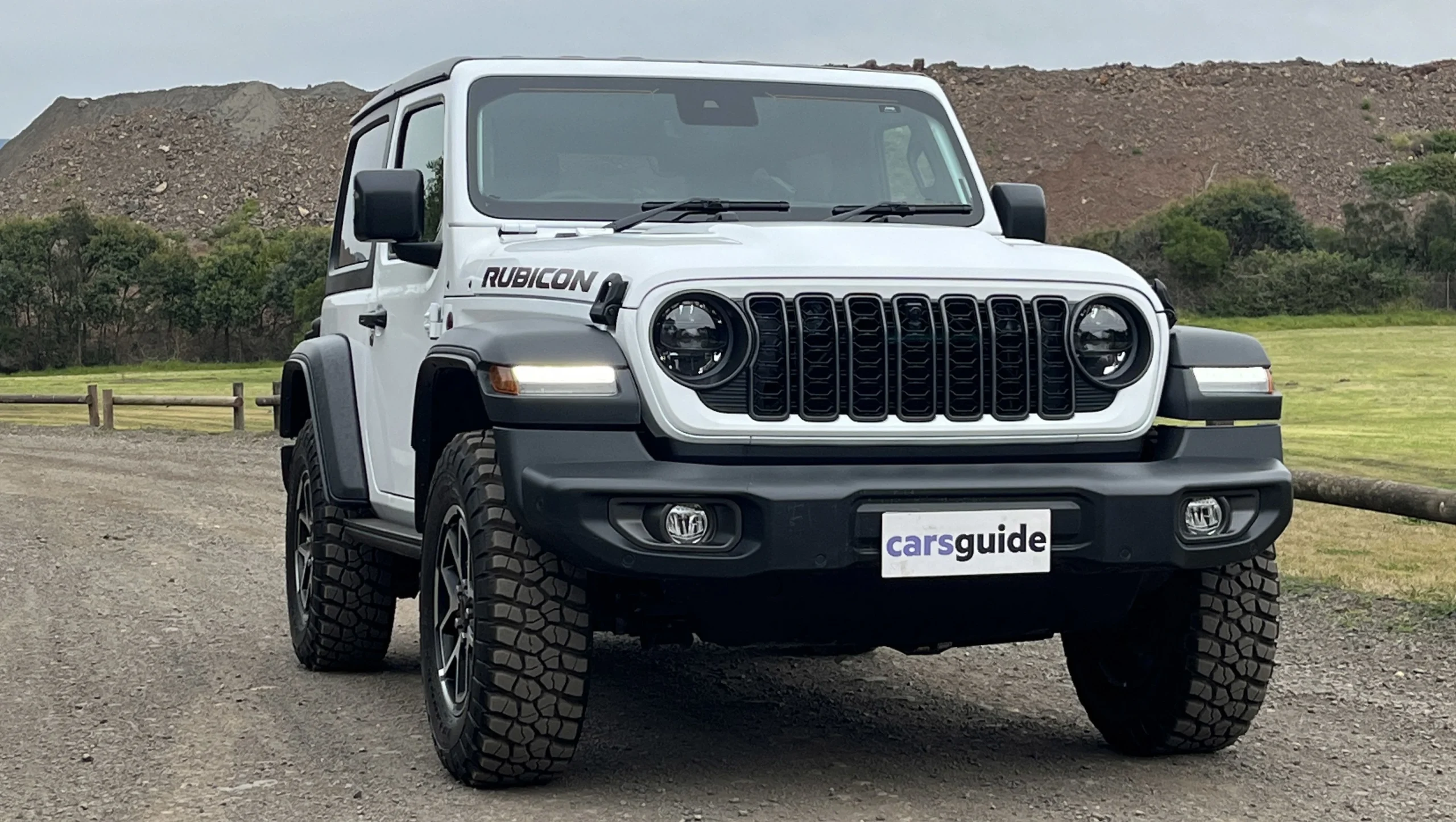Vehicle alignment is a critical aspect of car maintenance that affects everything from tire wear to handling and safety. When a car’s wheels are properly aligned, it tracks straight, handles predictably, and maximizes tire life.
However, not all vehicles are created equal when it comes to maintaining proper alignment. Some models seem to hold their factory settings through years of driving on rough roads, while others need frequent adjustments despite careful driving habits.
In this comprehensive guide, we’ll explore which vehicles excel at maintaining proper alignment and which ones struggle. Understanding these tendencies can save you money on premature tire replacements, improve your driving experience, and help you make more informed decisions when purchasing your next vehicle.
We’ll examine the engineering factors that contribute to alignment stability, including suspension design, chassis rigidity, and manufacturing quality.
Whether you’re a daily commuter concerned about maintenance costs or an enthusiast who values precise handling, knowing how different models perform in this crucial area can be invaluable information.
5 Cars That Hold Alignment Perfectly
These engineering marvels feature precision-built suspension geometries and robust components that maintain their factory alignment settings through years of challenging road conditions.
Even after encountering unavoidable potholes and rough pavement, these remarkable vehicles require minimal adjustment during routine maintenance visits, with technicians often finding specifications still within factory tolerances.
Their exceptional structural rigidity and carefully calibrated suspension mounting points resist the subtle shifts that cause most vehicles to develop gradual steering pull or uneven tire wear.
Owners report achieving maximum tire life and enjoying consistent, predictable handling characteristics for tens of thousands of miles between alignment services, saving both time and money.
1. Toyota Camry
The Toyota Camry has built a reputation not only for reliability but also for its remarkable ability to maintain proper wheel alignment over time. This midsize sedan employs a sophisticated double-wishbone rear suspension system that contributes significantly to its alignment stability.
Unlike simpler suspension designs, the double-wishbone configuration maintains more precise geometry throughout its range of motion, ensuring that the wheels stay properly aligned even when encountering substantial road imperfections.
Toyota’s engineering philosophy emphasizes robust chassis design with strategic reinforcement in critical areas. The Camry’s unibody construction features additional bracing and high-strength steel components that minimize flex a common cause of alignment drift in lesser vehicles.
This structural integrity allows the suspension mounting points to remain exactly where engineers intended them, regardless of the stresses imposed during driving. Manufacturing precision also plays a crucial role in the Camry’s alignment stability.
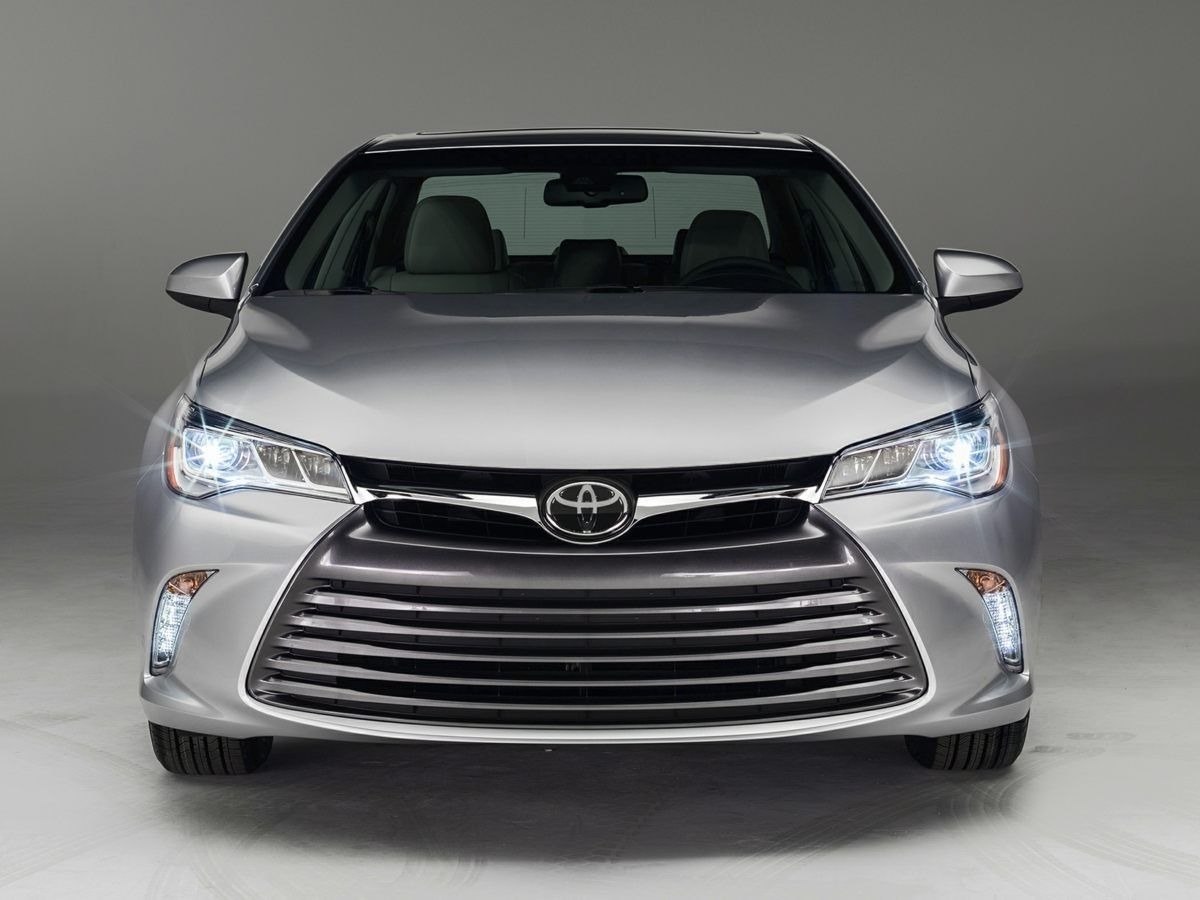
Toyota’s quality control processes ensure that suspension components are built to exacting tolerances, with minimal variation between parts. This consistency extends to the assembly process, where computerized systems verify proper torque specifications on critical fasteners.
The result is a vehicle that leaves the factory with perfect alignment and maintains it through thousands of miles of real-world driving. Professional mechanics often report that Camrys frequently pass alignment checks with minimal or no adjustments needed during routine service visits.
Even specimens with over 100,000 miles often show alignment readings within factory specifications, unless they’ve experienced significant impacts from accidents or extreme potholes. This translates to extended tire life, predictable handling, and lower maintenance costs for owners.
The Camry’s alignment stability isn’t limited to smooth highway driving, either. Its suspension design accommodates various driving conditions without compromising wheel positioning.
Whether navigating pothole-riddled urban streets or taking occasional forays onto gravel roads, the Camry tends to maintain proper alignment where many competitors would require adjustments.
2. Lexus ES
The Lexus ES stands as a paragon of alignment stability in the luxury sedan segment, benefiting from Toyota’s engineering heritage while incorporating additional refinements befitting its premium positioning.
Built on the same platform as the Toyota Avalon but with significant enhancements, the ES employs a sophisticated multi-link rear suspension system that maintains precise wheel geometry even under challenging conditions.
This advanced setup allows each wheel to respond independently to road imperfections without affecting overall alignment. Chassis rigidity serves as the foundation for the ES’s exceptional alignment retention.
Lexus engineers incorporated additional structural reinforcements and employed advanced bonding techniques alongside traditional welding to create an exceptionally solid platform.
This rigid structure ensures that suspension mounting points remain fixed and precise, eliminating the subtle chassis flex that can lead to alignment drift in less robust designs.
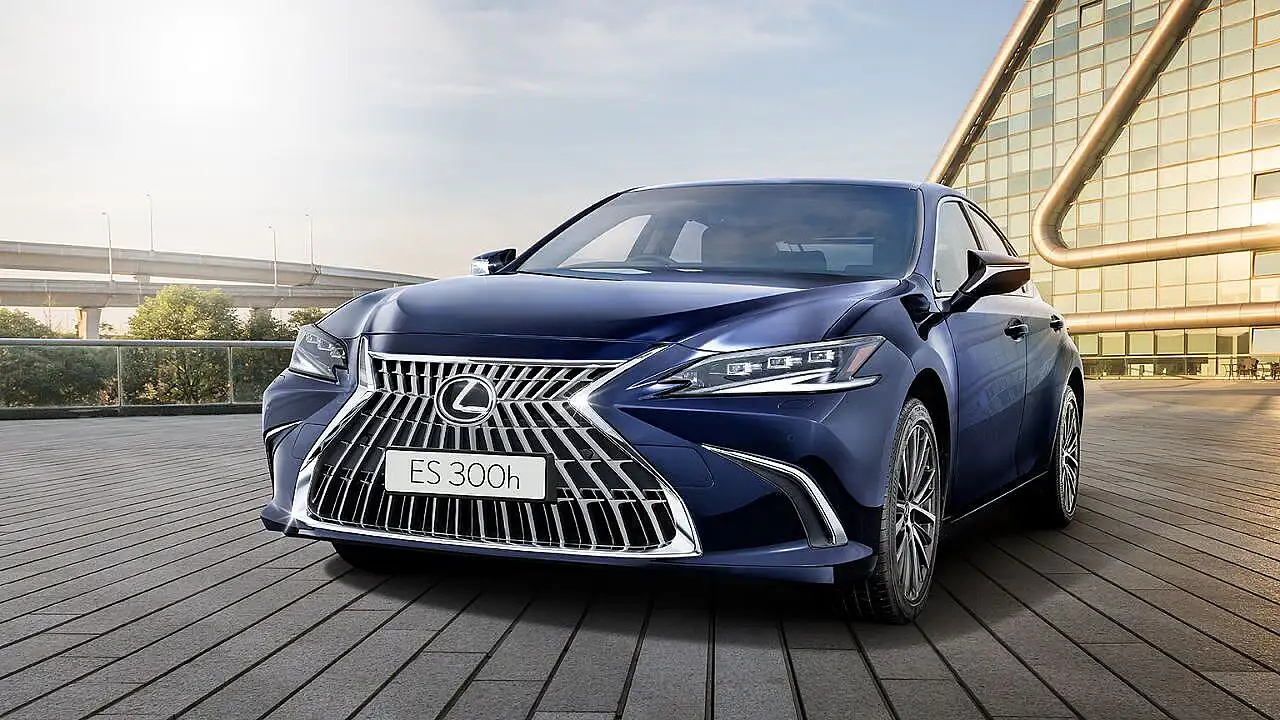
Advanced computer modeling during development identified potential weak points, allowing engineers to strategically reinforce these areas without unnecessary weight penalties.
Material selection also contributes significantly to the ES’s alignment stability. High-strength steel and aluminum components feature prominently in critical suspension elements, providing strength and durability while minimizing unsprung weight.
These premium materials resist deformation under stress, maintaining factory specifications through years of service. Additionally, Lexus employs superior bushings and isolation components that absorb road impacts without allowing suspension geometry to shift over time.
The manufacturing precision applied to each ES further enhances its alignment characteristics. Assembly tolerances are held to exceptionally tight standards, with comprehensive inspection procedures ensuring that each vehicle leaves the factory with perfect alignment settings.
This attention to detail extends to the design of adjustment mechanisms, which allow for precise calibration during service while resisting the gradual loosening that affects many competitors.
Lexus ES owners frequently report driving their vehicles for years without requiring alignment service, even when regularly traversing poor-quality roads.
When alignment checks are performed during routine maintenance, technicians typically find minimal deviation from factory specifications. This translates to extended tire life, consistent handling characteristics, and the kind of worry-free ownership experience that has become synonymous with the Lexus brand.
3. Honda Accord
The Honda Accord demonstrates exceptional alignment stability across multiple generations, reflecting Honda’s commitment to sound engineering principles and precise manufacturing standards.
This midsize sedan employs a sophisticated multi-link rear suspension design alongside a MacPherson strut front setup, creating a balanced system that maintains proper geometry even when subjected to the rigors of daily driving.
This configuration allows each suspension component to manage specific aspects of wheel control without compromising alignment integrity. Central to the Accord’s alignment stability is its impressively rigid chassis structure.
Honda utilizes Advanced Compatibility Engineering (ACE) body construction with strategic reinforcements throughout the vehicle’s frame. This approach creates a solid foundation for suspension mounting points, preventing the subtle flexing that often leads to alignment drift in less robust designs.
The use of high-strength steel in critical areas provides exceptional rigidity without excessive weight, striking an ideal balance between structural integrity and efficiency.
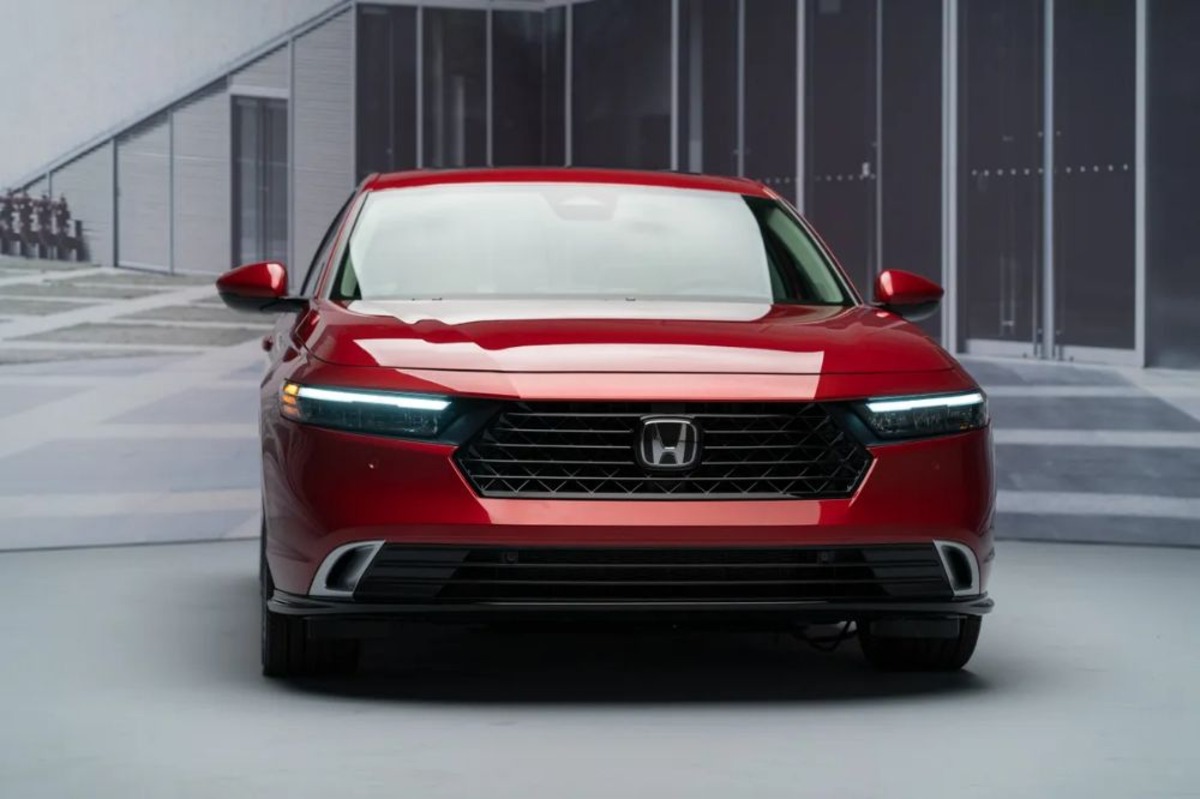
Honda’s manufacturing precision further enhances the Accord’s alignment retention characteristics. Components are produced to exacting tolerances, ensuring consistent performance across the production run.
The assembly process incorporates multiple quality control checkpoints, with each vehicle undergoing computerized alignment verification before leaving the factory. This attention to detail results in vehicles that not only start with perfect alignment but maintain it through extended service periods.
Professional mechanics frequently observe that Accords present for routine maintenance often maintain factory alignment specifications even after years of service.
The suspension design includes intelligent features like compliance bushings that absorb road impacts without allowing geometry changes, and precise ball joint designs that maintain tight tolerances without premature wear.
These engineering details work in concert to preserve alignment settings that might drift in competitive models. Accord owners benefit from this stability through extended tire life, predictable handling characteristics, and reduced maintenance costs.
Many report driving their vehicles for 60,000 miles or more before requiring alignment service, assuming no major impacts or accidents. This reliability reinforces Honda’s reputation for creating vehicles that deliver long-term value and hassle-free ownership experiences, making the Accord a standout performer for drivers concerned about alignment stability.
4. Subaru Outback
The Subaru Outback demonstrates remarkable alignment stability despite its adventure-oriented design and increased ground clearance. While many vehicles with raised ride heights struggle with alignment issues, the Outback defies this trend through sophisticated engineering and robust construction.
At the heart of this capability is Subaru’s symmetrical all-wheel drive system and horizontally-opposed “boxer” engine, which creates an inherently balanced platform with a low center of gravity despite the vehicle’s raised stance.
Subaru employs a sophisticated independent suspension system on the Outback, with a double-wishbone rear configuration that maintains precise wheel geometry throughout its travel range.
This advanced setup allows the suspension to absorb substantial impacts without altering alignment angles, particularly important for a vehicle designed to handle light off-road conditions.
The front MacPherson strut design incorporates specialized geometry that resists alignment changes even when subjected to lateral forces encountered during cornering or traversing uneven terrain.
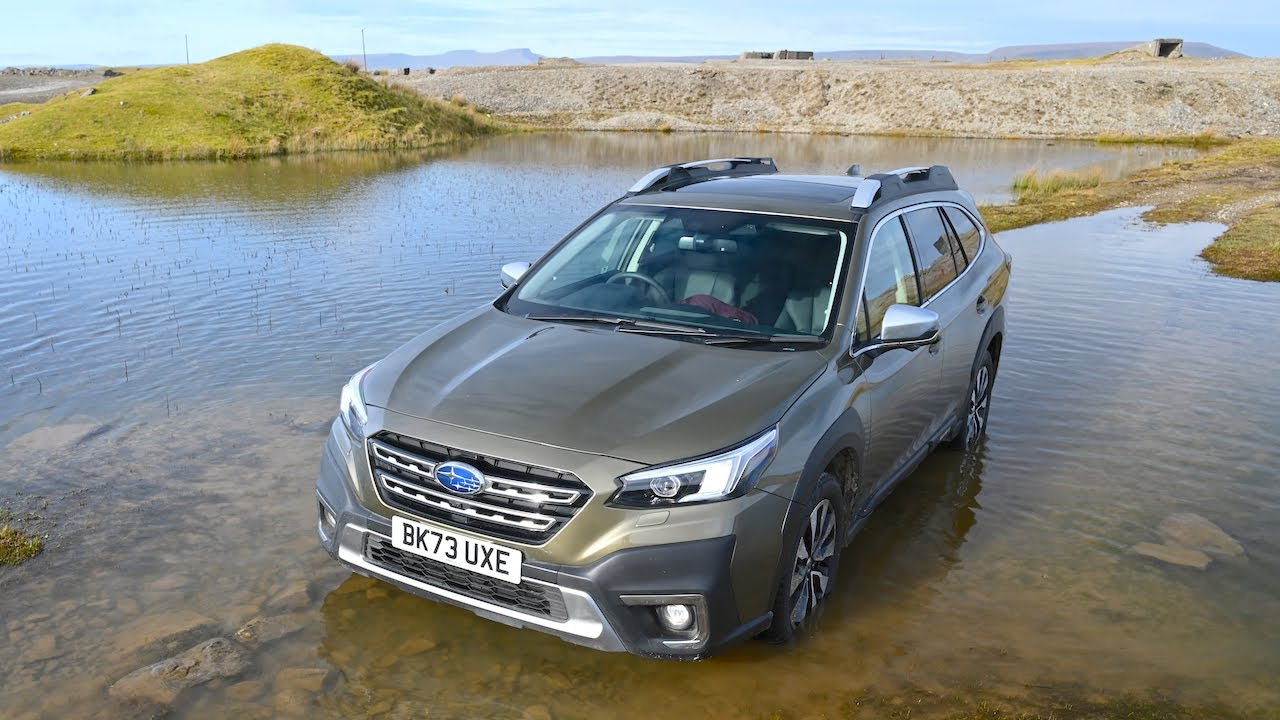
The Outback’s exceptional chassis rigidity forms the foundation for its alignment stability. Subaru’s global platform incorporates extensive structural reinforcements, with strategic bracing at key stress points and suspension mounting locations.
This robust foundation ensures that suspension pickup points remain precisely positioned even when the vehicle experiences significant torsional forces. The use of high-strength steel throughout critical areas provides additional rigidity without excessive weight penalties.
Manufacturing precision complements the Outback’s engineering advantages. Subaru maintains exceptionally tight tolerances during production, with comprehensive quality control procedures ensuring consistent assembly.
Each vehicle undergoes a detailed inspection of suspension components and alignment settings before leaving the factory. The result is a vehicle that begins its service life with perfect alignment and possesses the structural integrity to maintain these settings through years of real-world driving.
Service technicians frequently report that Outbacks maintain factory alignment specifications remarkably well, even when regularly driven on rough roads or light trails. The vehicle’s design philosophy prioritizes long-term durability and stability, with suspension components engineered to withstand significant stress without permanent deformation.
This translates to extended tire life and consistent handling characteristics for owners, reinforcing Subaru’s reputation for creating vehicles that thrive in challenging conditions while maintaining civilized road manners and low maintenance requirements.
Also Read: 5 Cars With Digital Dashboards That Age Well and 5 That Glitch Out
5. Mazda CX-5
The Mazda CX-5 stands as an exemplary case of alignment stability in the compact crossover segment, defying the common tendency of SUVs to experience alignment issues.
Mazda’s commitment to driving dynamics has resulted in a vehicle that not only handles with unusual precision for its class but also maintains its wheel alignment settings with remarkable consistency.
This stability begins with Mazda’s SKYACTIV-Vehicle Architecture, which takes a holistic approach to chassis design, creating an exceptionally rigid structure that resists the flexing that often leads to alignment drift.
Unlike many competitors that prioritize comfort at the expense of precision, Mazda engineers the CX-5’s suspension with an emphasis on maintaining consistent geometry throughout its range of motion.
The front MacPherson strut design incorporates specialized geometry that resists camber changes during compression, while the multi-link rear suspension maintains precise wheel positioning even when encountering substantial road imperfections.
This sophisticated approach ensures that the tires maintain optimal contact with the road surface while preserving alignment settings. Material selection plays a crucial role in the CX-5’s alignment stability.
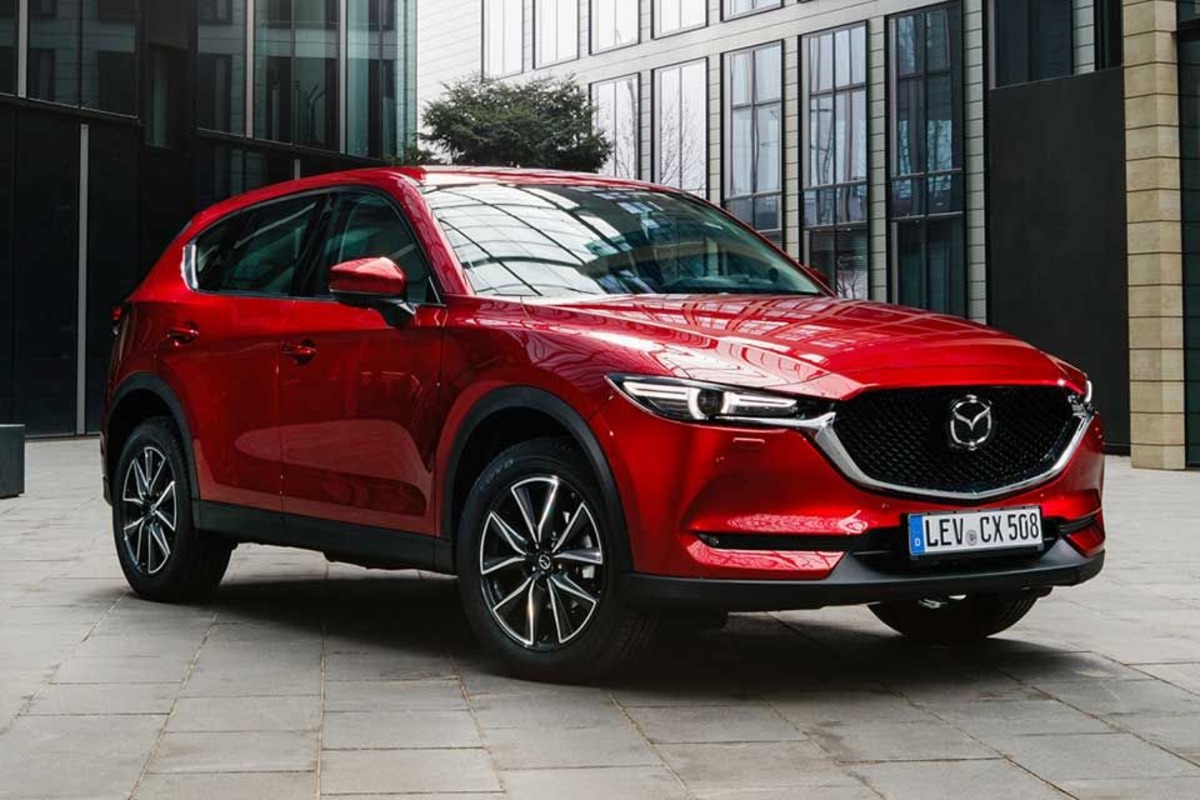
Mazda utilizes high-strength steel in critical suspension components and mounting points, providing exceptional rigidity without excessive weight. These materials resist deformation under stress, maintaining factory specifications through years of service.
Additionally, the CX-5 employs premium bushings and isolation components that effectively absorb road impacts without allowing suspension geometry to shift over time, a common failure point in less sophisticated designs.
Manufacturing precision further enhances the CX-5’s alignment characteristics. Mazda’s production facilities maintain exceptionally tight tolerances during assembly, with comprehensive quality control procedures ensuring consistent build quality.
Each vehicle undergoes a detailed inspection of suspension components and alignment settings before leaving the factory. This attention to detail results in vehicles that begin their service life with perfect alignment and possess the structural integrity to maintain these settings through extended periods.
Professional mechanics frequently observe that CX-5s brought in for routine maintenance often retain factory alignment specifications remarkably well, even at higher mileages.
Owners typically report driving their vehicles for extended periods without alignment-related issues, experiencing even tire wear and consistent handling characteristics throughout ownership.
This reliability reinforces Mazda’s reputation for creating vehicles that deliver a premium driving experience without the maintenance headaches often associated with more expensive European alternatives.
5 Cars That Constantly Drift
These frustrating vehicles develop noticeable steering pull and uneven tire wear mere months after professional alignment services, regardless of driving conditions or maintenance attention.
Their compromised chassis designs and flimsy suspension components allow critical geometry to shift during normal driving, creating a maddening cycle of alignment appointments and premature tire replacements.
What should be a routine maintenance item becomes a recurring expense, with owners reporting spending hundreds on alignment services multiple times per year while still experiencing handling issues.
The constant battle to keep these problematic models tracking straight transforms routine commutes into fatiguing experiences as drivers continuously compensate for vehicles that refuse to maintain their direction.
1. Jeep Wrangler
The Jeep Wrangler, while legendary for its off-road capabilities, presents significant challenges when it comes to maintaining proper wheel alignment.
The very design elements that make it exceptional in rugged terrain, solid axles, long-travel suspension, and robust construction contribute to its tendency to experience frequent alignment issues during normal road use.
This iconic 4×4 employs a traditional solid axle design, both front and rear, which inherently lacks the geometric precision of independent suspension systems when encountering uneven surfaces.
The Wrangler’s solid axle configuration means that impacts affecting one wheel directly transfer force to the opposite wheel, potentially shifting alignment settings across the entire axle.
This design choice prioritizes off-road articulation and durability over precise on-road handling, a reasonable tradeoff for its intended purpose but problematic for alignment stability.
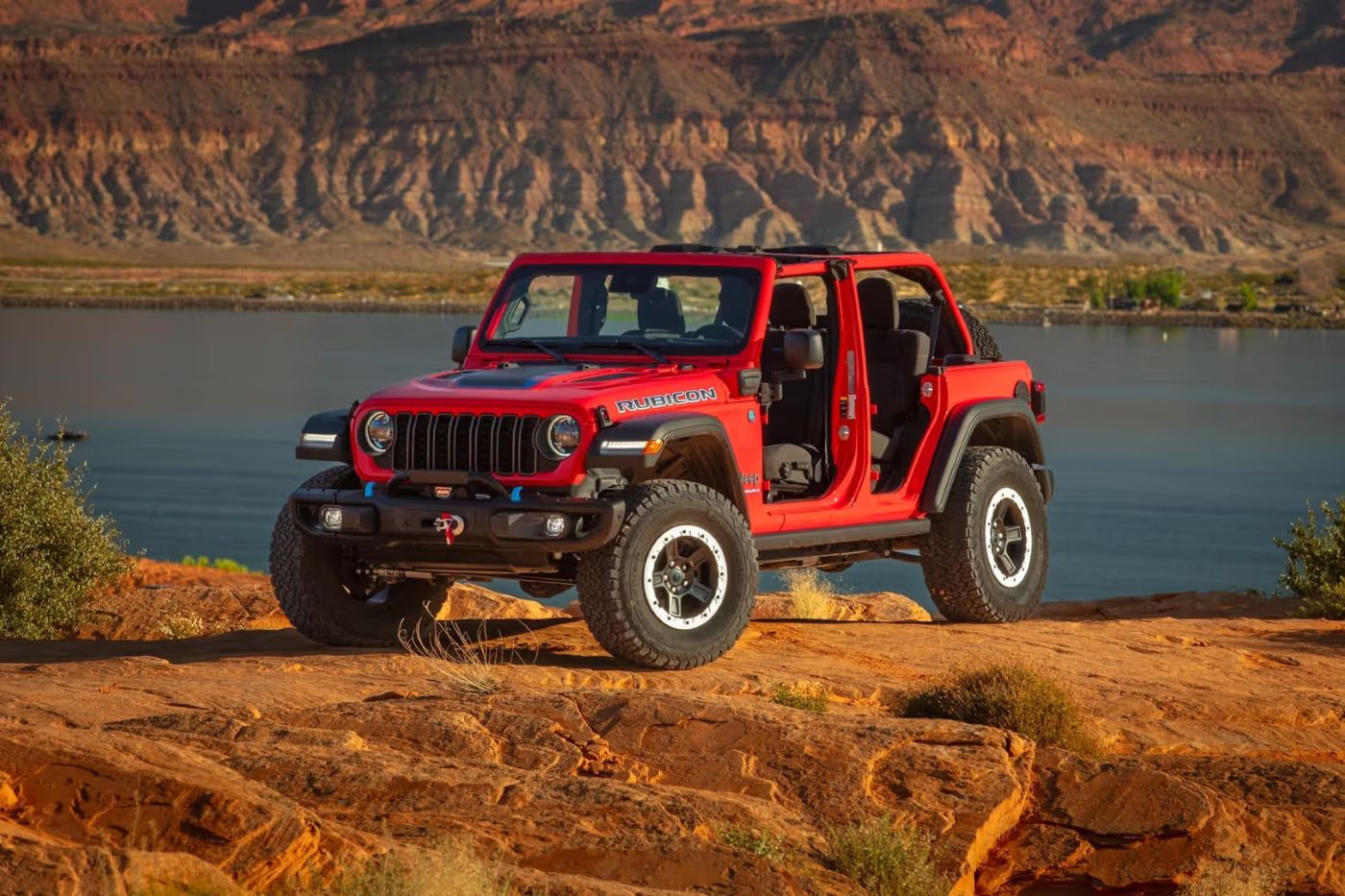
Additionally, the Wrangler’s raised ride height creates longer suspension components with increased leverage, magnifying the effects of even minor impacts on alignment angles.
Modification tendencies among Wrangler owners frequently exacerbate alignment challenges. Many enthusiasts install lift kits, larger tires, or aftermarket suspension components that fundamentally alter the vehicle’s geometry.
While these modifications enhance off-road capability, they often create complex alignment scenarios that fall outside standard specifications. Even professionally installed modifications can introduce variables that make maintaining consistent alignment nearly impossible, leading to accelerated tire wear and unpredictable handling characteristics.
The Wrangler’s steering system design contributes to its alignment instability. The recirculating ball steering mechanism, while robust for off-road use, lacks the precision of rack-and-pinion systems found in road-focused vehicles.
This design incorporates numerous wear points that can develop play over time, introducing steering vagueness that compounds alignment issues. The steering damper, while helping to minimize feedback from rough terrain, can mask developing alignment problems until they’ve progressed significantly.
Professional mechanics report that Wranglers typically require alignment service at intervals two to three times more frequent than conventional passenger vehicles. Owners often describe a constant battle with tire wear patterns and steering pull, even with regular maintenance.
While Jeep has implemented improvements in newer generations, including better bushing designs and refined suspension geometry, the fundamental architecture continues to prioritize off-road prowess over alignment stability.
For Wrangler enthusiasts, these alignment challenges represent an accepted cost of the vehicle’s exceptional capability in its intended environment.
2. BMW 3 Series
The BMW 3 Series, despite its reputation for dynamic handling and driving pleasure, consistently demonstrates problematic alignment stability that frustrates owners and technicians alike.
This premium sports sedan employs sophisticated suspension designs optimized for performance, including a multi-link rear setup and a MacPherson strut front configuration.
However, this complexity, combined with several engineering choices, contributes to alignment challenges that persist across multiple generations of the model.
Central to the 3 Series’ alignment issues is its use of aluminum suspension components designed to minimize unsprung weight and enhance handling response.
While these lightweight materials provide performance benefits, they demonstrate less dimensional stability than more robust steel components, particularly when subjected to impacts from poor road surfaces.
The aluminum control arms and suspension links can experience subtle deformation after significant impacts, shifting alignment settings outside acceptable parameters even without visible damage.
BMW’s pursuit of handling precision leads to exceptionally tight alignment specifications with minimal tolerance for deviation. While this approach delivers the athletic driving dynamics for which the brand is known, it leaves little margin for the inevitable settling and wear that occurs during normal use.

Settings that might remain functionally acceptable in more forgiving designs quickly fall outside BMW’s stringent parameters, necessitating more frequent adjustments to maintain optimal performance and tire wear characteristics.
The 3 Series’ run-flat tire fitment compounds alignment sensitivity. These specialized tires feature reinforced sidewalls that transmit more road impact energy directly to the suspension rather than absorbing it through tire flex.
This increased force transfer accelerates wear in suspension bushings and increases the likelihood of minor geometry changes after impacts. Additionally, the run-flat’s substantial sidewall stiffness makes alignment issues immediately noticeable in the vehicle’s handling, where more compliant conventional tires might mask minor deviations.
Service records and technician feedback indicate that 3 Series vehicles typically require alignment service at intervals 60-70% more frequent than comparable luxury sedans.
Owners frequently report uneven tire wear patterns developing within 10,000-15,000 miles, particularly on the rear axle where negative camber settings are aggressive to enhance cornering capability.
While BMW has implemented design improvements in successive generations, including revised suspension mounting points and more durable bushings, the model continues to demonstrate alignment sensitivity that requires vigilant maintenance to manage effectively.
3. Mercedes-Benz GLE
The Mercedes-Benz GLE, despite its luxury positioning and substantial price tag, demonstrates persistent alignment stability issues that plague owners throughout the ownership experience.
This midsize luxury SUV employs air suspension systems and advanced adaptive damping technology aimed at providing both comfort and handling, but this complexity introduces numerous potential failure points that affect alignment retention.
The sophisticated suspension architecture includes multiple electronic components, air springs, and adjustable elements that can develop inconsistencies affecting wheel positioning.
The GLE’s substantial weight, typically exceeding 5,000 pounds, places extraordinary stress on suspension components, accelerating wear rates of bushings, ball joints, and control arm assemblies.
This mass amplifies the impact forces transmitted through the suspension during normal driving, gradually altering geometry settings despite Mercedes’ use of premium materials.
The vehicle’s weight distribution and high center of gravity create additional lateral forces during cornering that further stress suspension mounting points, contributing to premature alignment drift.
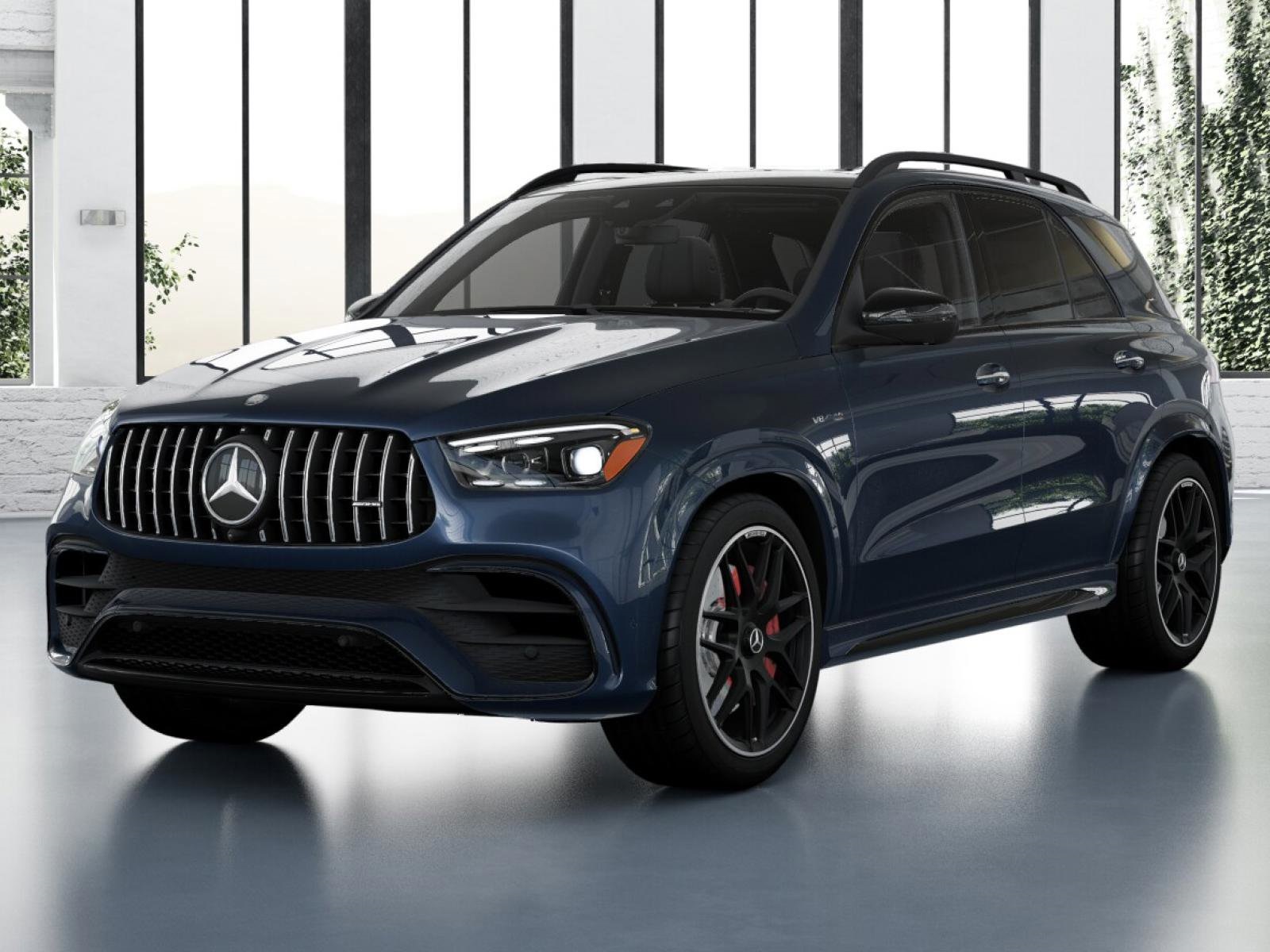
Mercedes-Benz’s air suspension technology, while providing impressive ride quality and adaptability, introduces additional alignment variables. The system adjusts ride height based on driving conditions and speed, creating dynamic changes in suspension geometry that complicate alignment settings.
As these pneumatic components age, they can develop inconsistencies in pressure maintenance or response rates, creating uneven ride heights that directly impact camber, caster, and toe settings. These variations often manifest as unpredictable handling characteristics and irregular tire wear patterns.
The GLE’s wide, performance-oriented tires exacerbate alignment sensitivity. These low-profile tires transmit road imperfections directly to the suspension rather than absorbing them through sidewall flex, accelerating component wear and increasing the likelihood of alignment shifts.
Additionally, the substantial weight of the vehicle combined with these performance tires creates significant scrubbing forces when alignment deviates even slightly from specifications, rapidly accelerating tire wear, and making alignment issues immediately apparent to owners.
Service records indicate that GLEs typically require alignment service at least twice as frequently as mainstream SUVs, with owners often reporting the need for adjustments every 10,000-15,000 miles despite careful driving habits.
Mechanics regularly observe that even small potholes or road imperfections can knock these vehicles out of alignment, necessitating expensive service visits.
While Mercedes has implemented continuous improvements across model generations, including revised suspension geometry and more durable components, the fundamental characteristics of this luxury SUV continue to present alignment challenges throughout its service life.
4. Ford F-150 (with specific configurations)
The Ford F-150, America’s bestselling vehicle, presents significant alignment challenges despite its rugged reputation, particularly in certain configurations.
While the F-150 platform offers impressive capability and durability in many respects, its suspension design choices, combined with specific option packages, create persistent alignment stability issues that owners must manage throughout the vehicle’s life cycle.
These tendencies vary significantly across the diverse F-150 lineup, with 4×4 models equipped with FX4 off-road packages and larger tire options demonstrating the most pronounced alignment instability.
Ford’s use of a twin I-beam front suspension in previous generations created inherent geometric compromises that affected alignment stability. While current models employ a more conventional short-long arm (SLA) independent front suspension, certain design elements continue to prioritize load capacity and ruggedness over alignment retention.
The substantial suspension travel necessary for off-road capability and towing performance means longer control arms and more complex geometry than found in passenger cars, creating additional leverage that magnifies the effects of impacts on alignment settings.
Vehicle configuration significantly influences alignment stability in the F-150 range. Models equipped with the FX4 off-road package feature modified suspension geometry, specialized shock absorbers, and underbody skid plates that alter weight distribution and suspension dynamics.
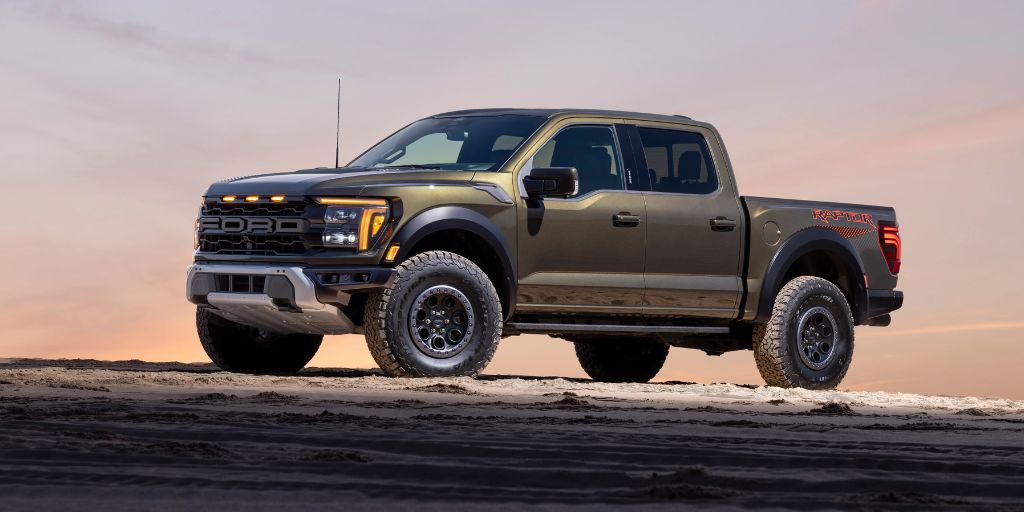
These modifications, while enhancing off-road capability, introduce variables that compromise alignment stability during normal road use. Additionally, the increasingly popular trend toward larger wheel and tire combinations, particularly in aftermarket modifications, creates additional stress on suspension components not originally designed for these dimensions.
The F-150’s substantial weight often exceeding 5,500 pounds in crew cab 4×4 configurations places enormous stress on suspension bushings, ball joints, and control arm assemblies.
This mass amplifies the impact forces transmitted through the suspension during normal driving, gradually altering geometry settings despite Ford’s use of heavy-duty components.
The substantial unsprung weight of the solid rear axle creates additional challenges, as impacts to the rear wheels can translate into subtle frame flex that affects front-end alignment over time.
Professional mechanics report that F-150s, particularly those in heavier configurations or with off-road packages, typically require alignment service at intervals 40-50% more frequent than comparable passenger vehicles.
Owners often describe developing a sense for when their trucks need realignment, noting subtle changes in steering feel or tire wear patterns approximately every 15,000-20,000 miles of normal use.
While Ford has implemented continuous improvements, including enhanced bushing designs and more rigid frame structures in recent generations, the F-150’s fundamental architecture continues to present alignment challenges, particularly for those who use their trucks in demanding applications.
5. Nissan Altima
The Nissan Altima demonstrates persistent alignment issues across multiple generations, creating frustration for owners and technicians alike. This midsize sedan employs conventional MacPherson strut front and multi-link rear suspension designs similar to many competitors, yet consistently exhibits inferior alignment stability.
The root causes appear to stem from several engineering decisions that prioritized cost efficiency over long-term durability, resulting in a vehicle that requires significantly more frequent alignment service than class leaders.
Central to the Altima’s alignment woes is Nissan’s approach to suspension component design and material selection. The control arms, links, and bushings utilize thinner metals and less durable rubber compounds than those found in more alignment-stable competitors.
These components demonstrate accelerated wear rates and are more susceptible to subtle deformation from road impacts. Particularly problematic are the front lower control arm bushings, which frequently develop excessive compliance after as little as 30,000 miles, allowing the suspension geometry to shift during normal driving conditions.
The Altima’s subframe mounting strategy contributes significantly to its alignment instability. Rather than utilizing a fully isolated subframe with substantial mounting points, Nissan employs a simpler design with fewer attachment points and less robust isolation.

This approach transfers more road impact energy directly to the chassis and allows subtle movement of suspension mounting locations over time.
Technicians frequently observe loosening of subframe bolts during routine maintenance, directly affecting wheel alignment and requiring readjustment to restore proper specifications.
Manufacturing tolerances appear to play a role in the Altima’s alignment challenges. Industry analysis suggests that Nissan’s production specifications allow greater variation in suspension component dimensions and assembly than Japanese competitors like Honda and Toyota.
This production philosophy creates vehicles that may leave the factory with alignment settings already at the edges of acceptable parameters, leaving minimal margin for the inevitable wear and settling that occurs during normal use.
Service records indicate that Altimas typically require alignment service at intervals two to three times more frequent than class leaders, with owners often reporting the need for adjustments every 15,000-20,000 miles despite careful driving habits.
Tire wear patterns commonly show evidence of alignment issues, particularly premature inner edge wear on front tires, indicating negative camber development.
While Nissan has implemented incremental improvements in recent model years, including revised suspension geometry and more robust components, the Altima continues to demonstrate below-average alignment stability that requires vigilant maintenance to manage effectively.
Also Read: 5 Cars With Fast Touchscreens and 5 That Lag Like Old Phones

